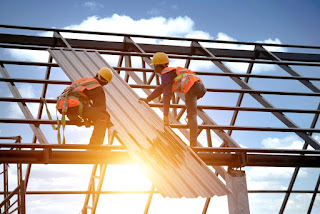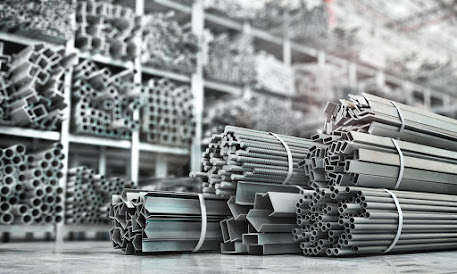Are Tension Fabric Buildings Different From Tensile Structures?
Both tensile and tension fabric buildings continue to get popularity as they are more affordable, easy to install and span large distances without any interior pillar. However, the difference between these two is not pretty clear. Here is what you want to learn before hiring tension fabric building manufacturers for your next project.
What are tensile fabric buildings?
Tensile fabric buildings are constructed using ETFE film, PTFE-coated fiberglass, or PVC-coated polyester. These structures are commonly called thin-shell structures that create a dramatic piece of architecture, thanks to their double-curved shape that provides most of the structure’s strength.
By reinforcing the fabric to take on a double curvature, it gains sufficient stiffness to handle the loads it is subjected to. In these structures, the material does not crease due to the tension in the membrane.
What are tension fabric buildings?
Tension fabric buildings are built with steel frames and industrial-strength fabric membranes, in which the fabric membrane is tensioned. In a tension fabric structure, the steel framework ensures all the structural support. For instance, as a load is imposed on the top chord of the truss of a tension fabric structure, the top chord will remain in compression, and the bottom chord will remain in tension. Tension fabric buildings are built-in modules with overhead cranes and kept in position by tension forces imposed by the structural framework or cabling system.
Now, what is the difference?
Tensile structures use less material than tension fabric structures, which results in a lighter structure. While they can construct entire buildings, tensile structures are more commonly used for intricate design work or landscaping features.
Tensile fabric structures use only tension instead of compression. For instance, tensile structures are essentially a piece of fabric that is pulled in opposite directions. The adequate stiffness that the fabric gets from the double curvature is what handles the loads that the building is subjected to. Tension fabric buildings tend to be stronger and more durable than tensile fabric buildings. These structures are typically fabricated and engineered to meet structural, weather-resistant, flame-retardant, and natural force requirements to meet strict building codes. The steel framework offers all the support in a tension fabric building. The fabric serves as the protective cover, enabling natural light to come in, keeping the harmful elements out.




Comments
Post a Comment